Self-powered microneedle patch promises simpler, faster health monitoring from dermal fluid, no batteries required.
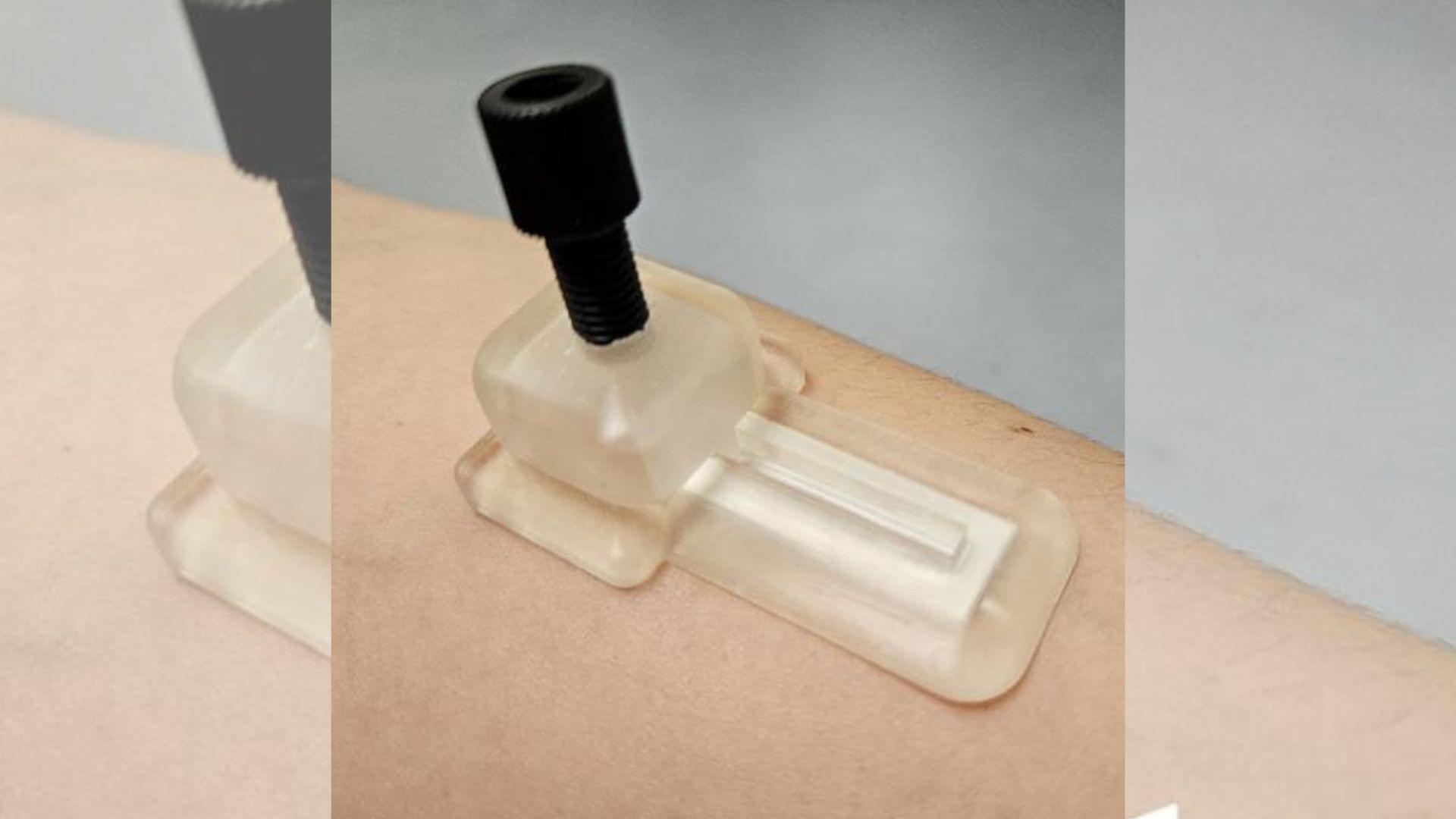


A virus that typically infects black-eyed peas is showing great promise as a low-cost, potent cancer immunotherapy—and researchers are uncovering why.
In a study published in Cell Biomaterials, a team led by chemical and nano engineers at the University of California San Diego took a closer look at how the cowpea mosaic virus (CPMV), unlike other plant viruses, is uniquely effective at activating the body’s immune system to recognize and attack cancer cells.
In preclinical studies, CPMV has demonstrated potent anti-tumor effects in multiple mouse models, as well as in canine cancer patients. When injected directly into tumors, CPMV therapy recruits innate immune cells—such as neutrophils, macrophages and natural killer cells—into the tumor microenvironment to destroy cancer cells. Meanwhile, it activates B cells and T cells to establish systemic, long-lasting anti-tumor memory. This immune reawakening not only helps clear the targeted tumor but also primes the immune system to hunt down metastatic tumors elsewhere in the body.


3D printing is a simple way to create custom tools, replacement pieces and other helpful objects, but it is also being used to create untraceable firearms, such as ghost guns, like the one implicated in the late 2024 killing of UnitedHealthcare CEO Brian Thompson.
Netanel Raviv, assistant professor of computer science & engineering in the McKelvey School of Engineering at Washington University in St. Louis, led a team from the departments of Computer Science & Engineering and Biomedical Engineering that has developed a way to create an embedded fingerprint in 3D-printed parts that would withstand the item being broken, allowing authorities to gain information for forensic investigation, such as the identity of the printer or the person who owns it and the time and place of printing.
The research will be presented at the USENIX Security Symposium Aug. 13–15, 2025, in Seattle. The first authors of the paper are Canran Wang and Jinweng Wang, who earned doctorates in computer science in 2024 and 2025, respectively. The research is published on the arXiv preprint server.
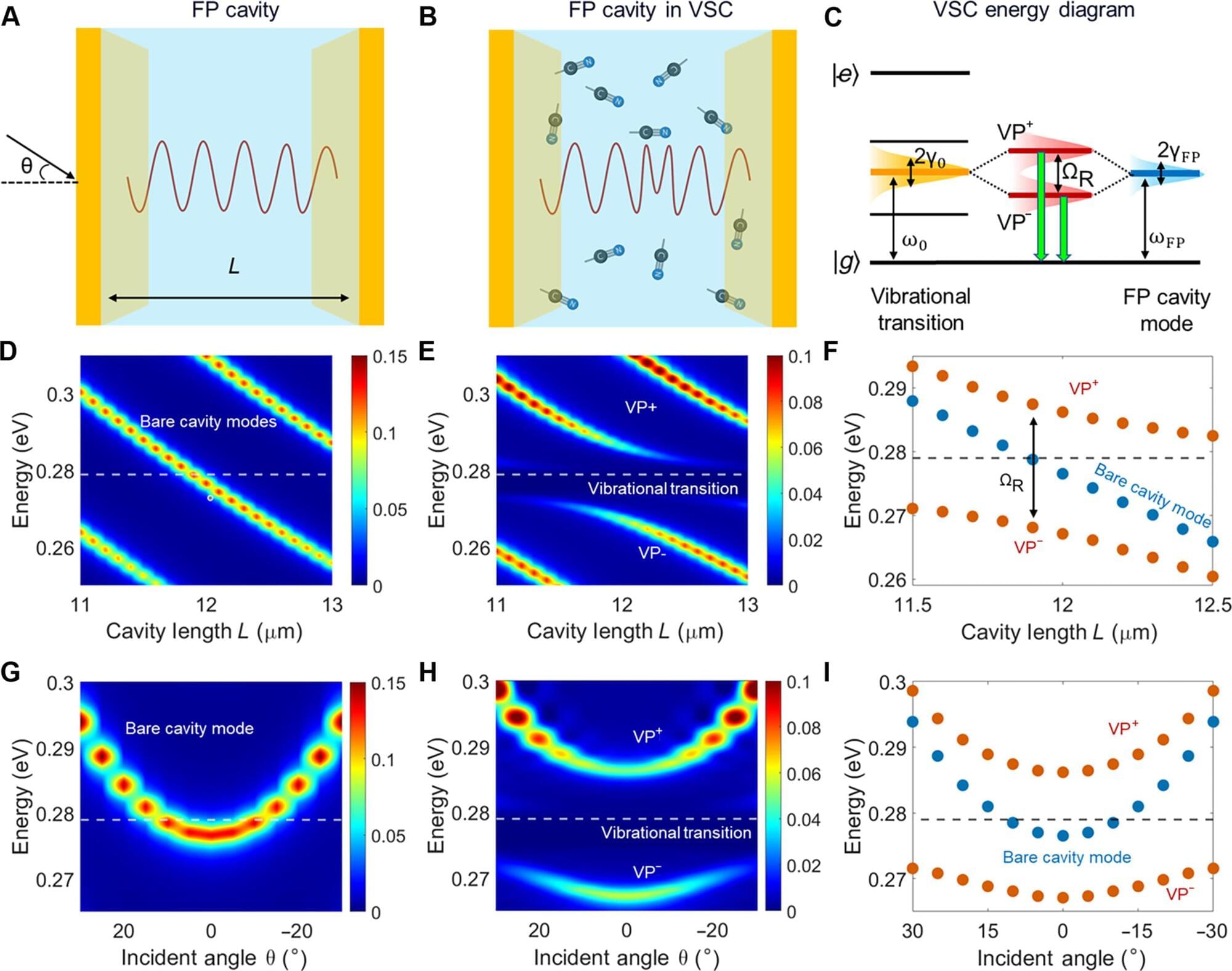
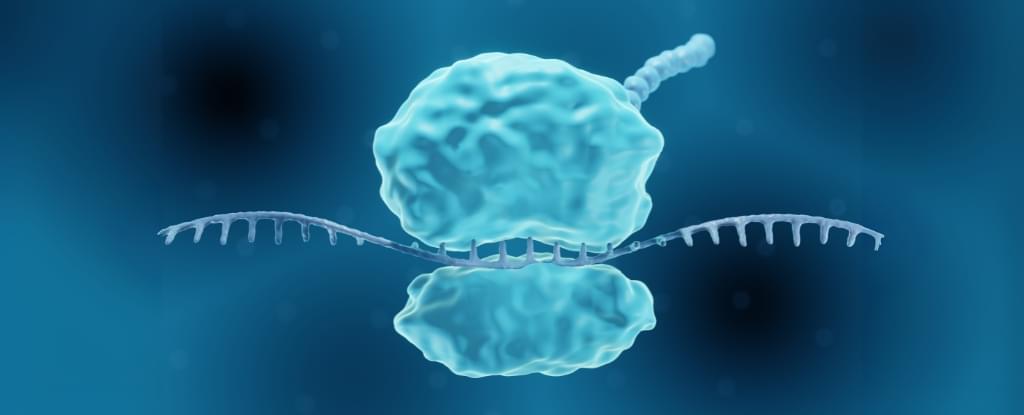
A rare genetic mutation appears to make people basically invulnerable to viruses – and it could potentially be harnessed as a therapy. Researchers have now shown this surprising viral protection can be replicated in mice and hamsters.
“We have yet to find a virus that can break through the therapy’s defenses [in cell culture tests],” explains Columbia University immunologist Dusan Bogunovic, who first discovered this unusual antiviral superpower 13 years ago.
The mutation, a deficiency in interferon-stimulated gene 15 (ISG15), causes a mild yet persistent inflammation across the body. Examining patients’ immune cells revealed they’d had the usual run of encounters with flu, measles, chickenpox, and mumps, yet they’d never reported feeling particularly ill as a result.


A patient with type 1 diabetes has begun producing his own insulin after receiving a transplant of pancreatic cells.
For the first time in humans, these islet cells have been genetically edited so they wouldn’t be rejected by the patient, removing the need for immunosuppressant drugs.
Type 1 diabetes usually begins when the immune system mistakenly attacks the islet cells in the pancreas, which are responsible for producing insulin. The condition is usually managed with a careful diet and regular insulin injections, but an emerging treatment involves replacing the damaged islet cells with functional ones.
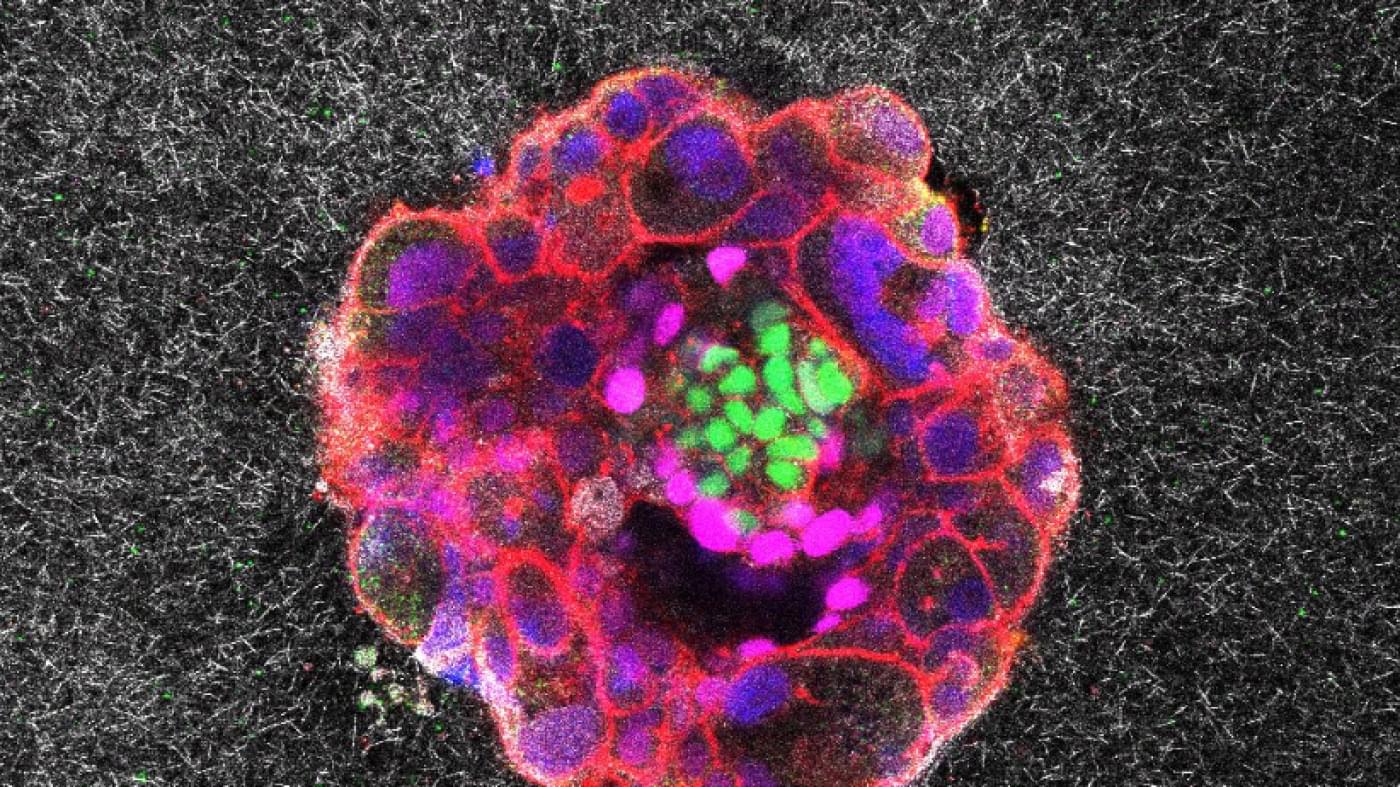
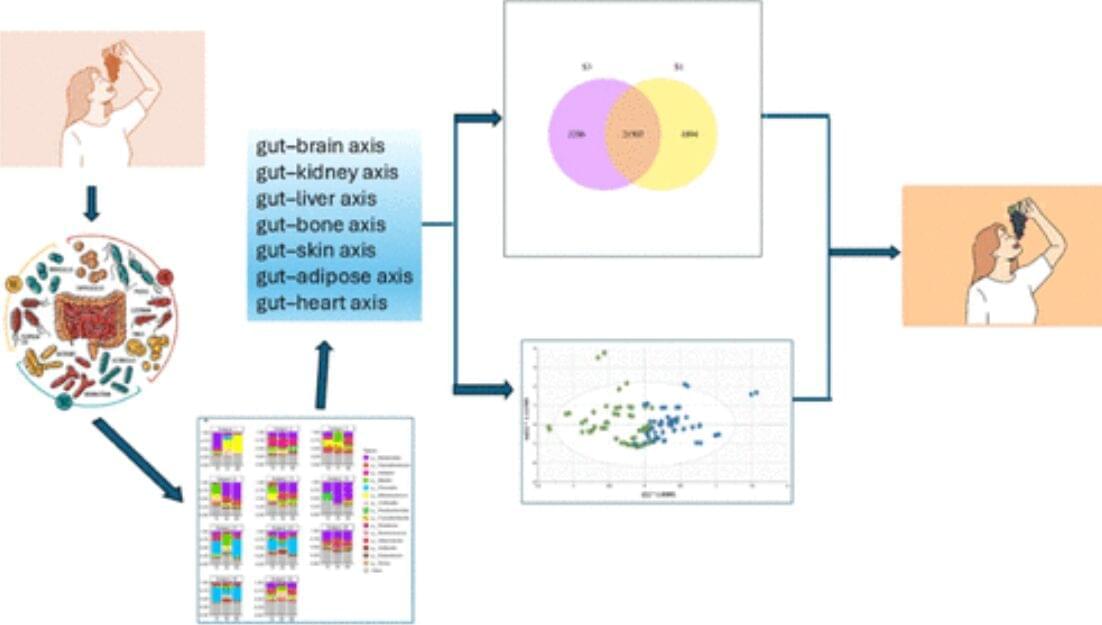
Fresh grapes contain a potent mix of over 1,600 compounds that benefit heart, brain, skin, and gut health. New evidence suggests they deserve official superfood recognition, with benefits even at the genetic level.
A new article appearing in the current issue of the peer-reviewed Journal of Agriculture and Food Chemistry explores the concept of “superfoods” and makes a case that fresh grapes have earned what should be a prominent position in the superfood family. The author, leading resveratrol and cancer researcher John M. Pezzuto, Ph.D., D.Sc., Dean of the College of Pharmacy and Health Sciences at Western New England University, brings forth an array of evidence to support his perspective on this issue.
As noted in the article, the term “superfood” is a common word without an official definition or established criteria. Mainstream superfoods are typically part of the Mediterranean Diet and generally rich in natural plant compounds that are beneficial to a person’s health. Pezzuto addresses the broader topic of superfoods in detail, then makes the scientific case for grapes, noting that fresh grapes are underplayed in this arena and often not included with mention of other similar foods, such as berries.